Historic photos of Heathrow as we celebrate 75 years of commercial flights
Links on Head for Points may support the site by paying a commission. See here for all partner links.
New Year’s Day marked 75 years since Heathrow saw its first flight as a commercial airport.
Unsurprisingly, the airport has not done anything to celebrate or publicise the event. This doesn’t mean that we can’t do something ourselves!
Heathrow originated in 1929 as a small airfield, Great West Aerodrome, on land south-east of the hamlet of Heath Row from which the airport takes its name.
Development of Heathrow began in 1944 as a long-distance military aircraft base for the Royal Air Force, used by aircraft heading for the Far East.
By the time the airfield was completed, World War II had ended and the airport was no longer required as a defence base.
The government continued to develop Heathrow as a civil airport, opening as London Airport in 1946 and renamed as Heathrow Airport in 1966.
The first civilian aircraft to take off from Heathrow on 1st January 1946 was a converted Lancaster bomber called Starlight that flew to Buenos Aires.
It was operated by British South American Airways, captained by former Air Vice Marshal Don Bennett, chief executive of the airline.
There was no terminal at this time. Passengers departed from ex-military marquees which sat in a row alongside Bath Road.
Each departure was allocated its own marquee where passengers would sit on armchairs and sofas. When it was time to depart, they would walk over wooden planks to where their plane was parked up.
63,000 passengers used the airport in that first year. Within five years it had exceeded 750,000 and plans were in place to build the first permanent buildings on the site.
We’ve come a long way since then.


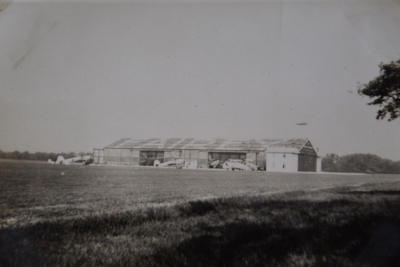
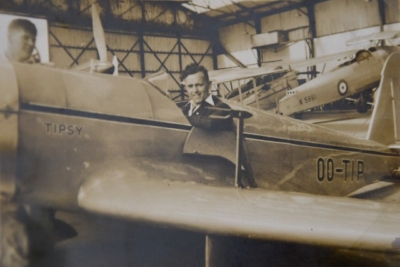
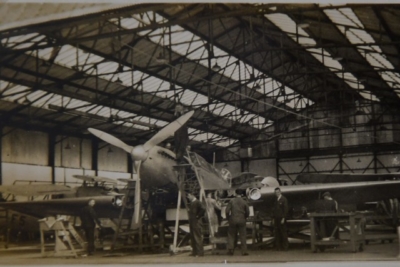
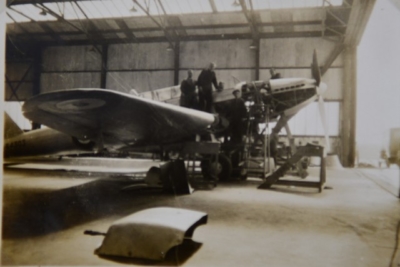
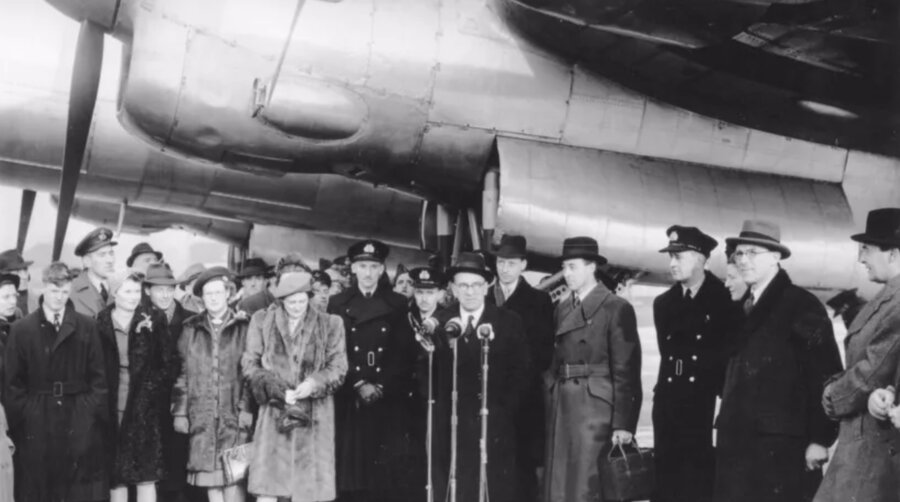
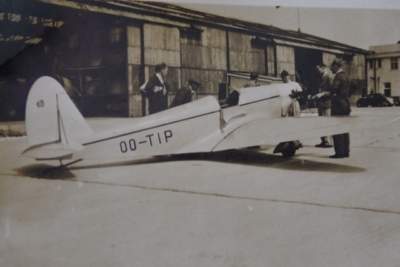
 Rob
Rob 





Comments (10)